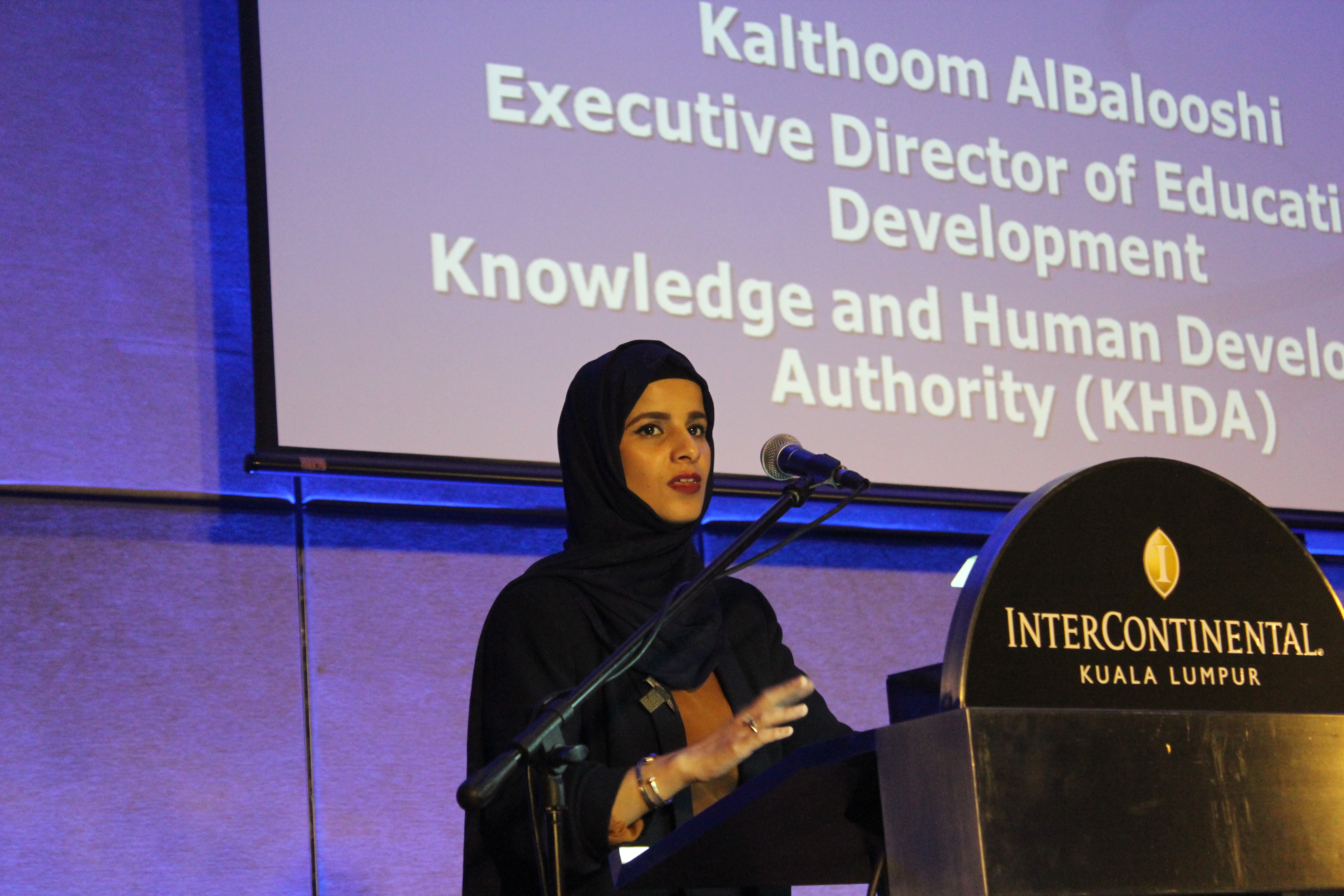A fresh perspective on learning
Published by SchoolAdvisor | Mar 30, 2017What should we do right?by Hajar Mekki
Graduating secondary school is every teenager’s dream. The thought of graduation and freedom has students eager to get to the next level: Adulthood. But it often happens that once school is out and students no longer have pre-arranged schedules to follow… they’re lost. They don’t know what to spend their time on, and they have no idea what kind of future they want to pursue. This raises the thought that maybe education systems typically don’t prepare students for their futures in the right way.

Image via SheKnows
At the International and Private Schools Education Forum Asia (IPSEF) in Kuala Lumpur recently, Shellie Gazdik, the Associate Director of Client Success at Hobsons – an organisation offering education solutions, posed a question to the same effect: Does finishing secondary school and being eligible to enter tertiary level education mean students are actually ready? Mentally, emotionally and skill wise? Often, students have impressive achievements on paper, but they are hindered by endless questions of ‘who am I? What do I want?’. This leads many young people into futures they have no passion for based on family expectations, peer pressure or simple desperation.
Shellie Gazdik, the Associate Director of Client Success at Hobsons
It may seem that this young adulthood confusion is a necessary step towards ultimate happiness and success that everyone must experience. But what if it isn’t? The foundation of our thinking is built on a narrow ledge, when what the human mind really needs is an endless expanse for exploration.
In schooling systems, there isn’t much room for exploration due to predetermined directions of study. But every child is different and learns in a different way, so the application of a single system to a variety of minds doesn’t make sense. Education is not ‘one size fits all’. Instead of directing children into specific fields, focus should be given to allowing children to grow into themselves. This will start the self-discovery process from a young age, helping students to come to know and understand who they are in a timely manner and confidently transition into adulthood.
Image via International School Services
During the IPSEF forum, Kalthoom AlBalooshi, the Executive Director of the Education Development at the Knowledge and Human Development Authority (KHDA) in Dubai, spoke about what she called the ‘happiness component’. She asked, “why do we need to wait until we’re forty years old to be happy?” We want to go to good schools to get good grades and then good jobs to make good money, build families, and finally be happy. Why wait? Why not start happy instead?

Kalthoom AlBalooshi, Executive Director of Education Development at Knowledge and Human Development Authority (KHDA)
Happiness is not based on success or money or material possessions, as commonly believed. Happiness can be nurtured and shared, and the best place to start is in school. Many ideologies and beliefs held dear to people’s hearts are based on experiences or knowledge gained during schooling years. The impact of teaching and encouraging happiness in children will manifest in their growth, their society, and the generations to come.
Today, more schools around the world are adopting creative and ‘out-of-the-box’ practices to give students a more interesting and insightful learning experience. For example, the integration of technology and the classroom is now common, as technological progress has opened up a vast expanse of possibilities, especially to the tech-savvy generation of today. Some other creative activities implemented are deep breathing exercises with positive projection and diverse co-curricular options like fencing and digital leadership. As the world changes, our desire to progress grows. Often, we are so consumed by our dreams of the future that we don’t put in the time and effort, forgetting that we are the ones who need to make the change. We can see this in our education systems today.
Image via International School Services
Rigorous classroom environments were once mind-expanding, today they are limiting. The needs of our youth have changed as they adapt to the changing environment. Accommodating this shift requires us to expand our own horizons to explore new dimensions of the classroom and provide a worthy learning foundation for our children.
Recent Articles
- Happiness vs. Academics: Are We Sacrificing Our Children’s Well-Being for Better Grades?
- How Nexus International School Malaysia Empowered James Low’s Future
- Meghan Lim: A Journey of Leadership and Growth
- How Alice Smith and KTJ Shaped Chelsea Lim’s Success
- Rethinking Education: Fostering Lifelong Passion, Character, and Well-Being in the Next Generation










 Login with Google
Login with Google